Latest News
Afghanistan water sources use by neighboring countries
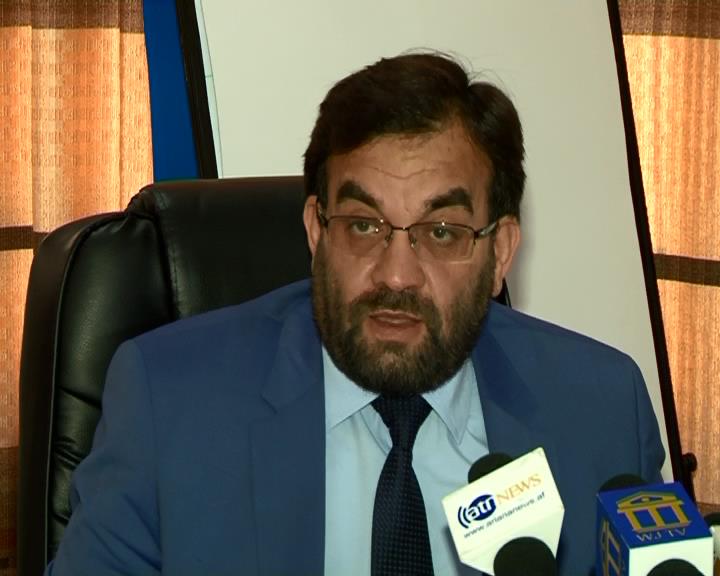
The fears of a security breakdown in Afghanistan boil the larger possibility of an economic collapse. The country’s revenues seem abysmal, and the mismanagement of billions of dollars in aid has turned it entirely dependent on foreign donations and the presence of foreign troops.
With Afghanistan being largely an agricultural country, investment in the water sector should have been a natural priority for sustainable economic development. Yet, that is not the case. In the Afghanistan National Development Strategy, a framework for allocating international aid, water does not figure as a core development sector. Only 5 percent of development has gone into the water sector during the past decade.
The Ministry of Water and Energy says that Afghanistan water resources reaches to 57 billion cubic meters which the most parts of it use by neighboring countries.
Along the Afghanistan’s borders, villagers see their water flow into the neighboring countries without being able to use it for their own local fields. The scarcity of water has led to tensions between tribes and villages.
The ministry if water declared that the continuation of insecurity caused Afghanistan fails to effectively use its water from the construction of dams and other projects.
Officials in the ministry noted that the residents of the country must cooperate with the government in providing the security of water and electricity projects.
“The construction of dams takes long time and in some cases the works have not been done properly and on time. In addition, the main problem is insecurity that cause the projects face a deadlock,” Ali Ahmad Osmani, minister of Water and Energy said.
One of Afghanistan’s missed opportunities in the last decade was its failure to legislate a comprehensive water law. Existing law does not define water rights.
Land owners are also owners of water and landless farmers have no rights to water. The water management institutions are highly ineffective.
The lack of a database of natural resources and the limited ability of the government to collect data is another challenge and a major obstacle to planning and development.
Afghanistan has a population of 29 million, with 79% of the population living in rural areas. Only 27% of its population has access to improved water sources, and it goes down to 20% in rural areas, the lowest percentage in the world.
The numbers get even worse when you look at the percentage of people with access to improved sanitation facilities. With the numbers at 5% nationwide, and only 1% in rural areas, Afghanistan again ranks the worst in the world.
In Kabul, the capital, with a population of 6 million, 80% of the people lack access to safe drinking water, and 95% lack access to improved sanitation facilities.
Analysts say that reaching the safe driniking water is another challenges of Afghanistan residents which the people are suffering from.
Water is a collective issue for Afghanistan and its neighbors. Any solution should therefore be multinational. Nations involved in Afghanistan, in particular US-led forces, should avoid politicizing this problem as it is so vital to the future of Afghanistan and the region as a whole.
Investment decisions should be based not on efforts to deprive neighboring countries of water but on avoiding waste and improving utilization of resources.
Without regional cooperation, Afghanistan will be faced with deeper and unresolvable challenges that will be even more difficult to solve after most international forces leave in 2014.

Latest News
IEA should respond to Pakistan’s security concerns with concrete actions: Andrabi

Pakistani Foreign Ministry spokesman Tahir Hussain Andrabi says both Pakistan’s Prime Minister Shehbaz Sharif and Sadyr Japarov, the President of Kyrgyzstan, who visited Islamabad on Thursday, expressed their mutual commitment to a peaceful, stable Afghanistan with a sustainable future for the Afghan people.
Speaking in a press conference on Friday, Andrabi stated that both sides agreed that the Islamic Emirate must fulfill its obligations toward the international community and take concrete steps against terrorist groups to address Pakistan’s legitimate security concerns.
This comes while the Islamic Emirate of Afghanistan has repeatedly emphasized that no terrorist groups operate from Afghan territory and that it will not allow anyone to use Afghan soil against any country.
The Islamic Emirate has also stated that Pakistan’s security concerns are an internal issue of that country, and Pakistan itself must take measures to prevent any security incidents.
Latest News
Malaysia’s PM calls peaceful solution to Afghanistan-Pakistan tensions
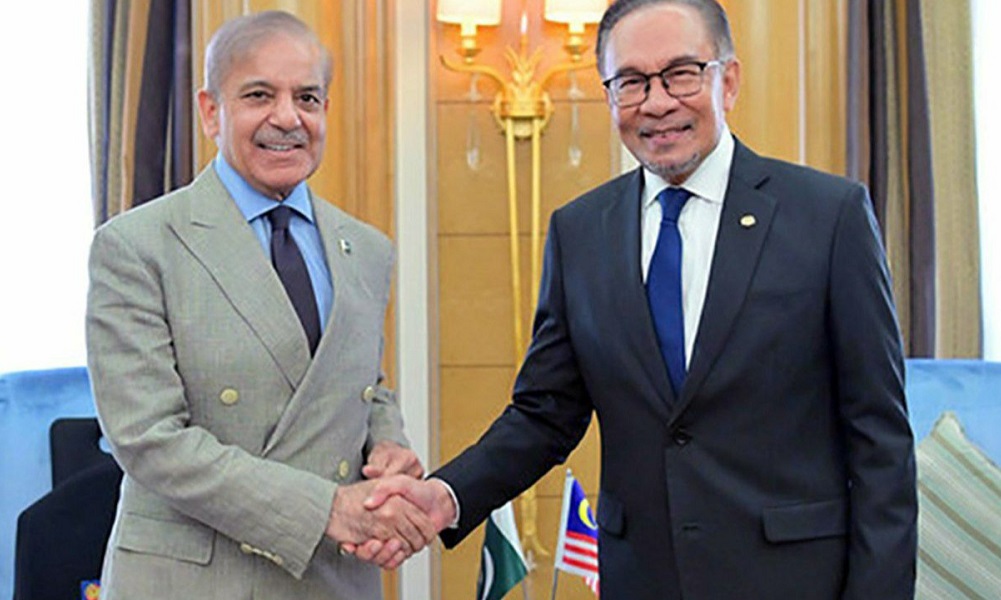
Malaysian Prime Minister Datuk Seri Anwar Ibrahim has voiced deep concern over escalating tensions between the Afghanistan–Pakistan during a telephone conversation with Pakistan’s Prime Minister Shehbaz Sharif.
In a statement posted on Facebook, Anwar said he emphasized Malaysia’s concerns regarding regional stability and urged all parties to pursue a peaceful resolution through dialogue and diplomatic engagement to prevent further escalation.
His remarks follow media reports indicating heightened tensions between Afghanistan and Pakistan after a series of attacks in October.
During the call, the two leaders also exchanged views on several aspects of Malaysia–Pakistan bilateral relations.
Anwar also briefed Sharif on the ongoing flood situation in Malaysia and similar challenges facing neighboring countries, including Indonesia and Thailand.
Latest News
Afghanistan makes major strides in cutting drug trafficking, says Putin
Putin stated that Afghan authorities have “substantially reduced” opium cultivation and are “seriously confronting” drug-related threats from within their borders.

Russian President Vladimir Putin says Afghanistan has taken “active and effective” steps to curb drug trafficking, noting a significant drop in opium production across the country. He made the remarks during an exclusive interview with India Today during his India trip, highlighting what he described as “visible progress” in Afghanistan’s internal security efforts.
Putin stated that Afghan authorities have “substantially reduced” opium cultivation and are “seriously confronting” drug-related threats from within their borders. He added that Afghanistan has also made important advancements in the fight against terrorism.
Responding to a question about why Russia officially recognized the Islamic Emirate, the Russian president said Afghanistan had been engulfed in civil conflict for many years, but the current authorities now hold control over the country. “This is the reality, and it must be acknowledged,” Putin emphasized.
He further noted that maintaining contact with Afghanistan’s leadership is crucial for shaping events inside the country. “If you want influence, you must engage with the people in charge — and that is exactly what we are doing,” he said.
Putin’s remarks come as several regional powers continue to recalibrate their diplomatic strategies toward Afghanistan, focusing on stability, counterterrorism, and economic cooperation.
-

 International Sports3 days ago
International Sports3 days agoStar-studded squads set to ignite DP World ILT20 Season 4
-
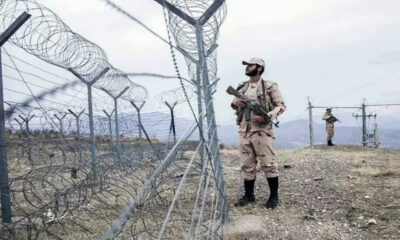
 Latest News3 days ago
Latest News3 days ago10 Afghans killed in Farah border shooting by Iranian forces
-

 Sport4 days ago
Sport4 days agoAfghanistan deepens ties with Uzbekistan through new cricket development partnership
-

 Business3 days ago
Business3 days agoAriana Airlines deepens cooperation with Turkish Airlines
-
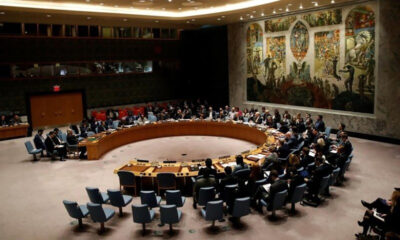
 Latest News3 days ago
Latest News3 days agoUN Security Council to review rising Afghanistan–Pakistan tensions
-

 Sport4 days ago
Sport4 days agoUAE Bulls clinch first Abu Dhabi T10 title with dominant 80-run victory
-
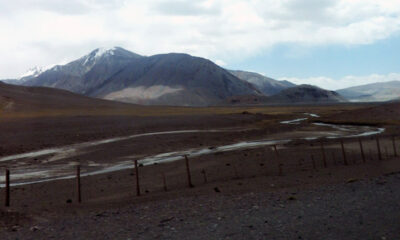
 Latest News3 days ago
Latest News3 days agoChina urges Tajikistan to protect citizens after border attack
-
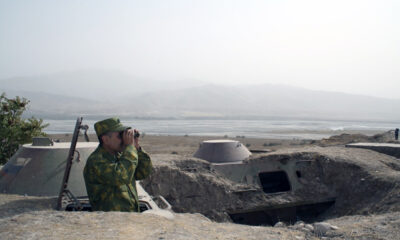
 Latest News2 days ago
Latest News2 days agoSituation along Afghan-Tajik border “not stable,” says Dushanbe

![water - _16_09_2015_DARI_SOT.avi_snapshot_00.17_[2015.09.16_16.49.59]](https://ariananews.af/wp-content/uploads/2015/09/water-_16_09_2015_DARI_SOT.avi_snapshot_00.17_2015.09.16_16.49.59-300x240.jpg)














